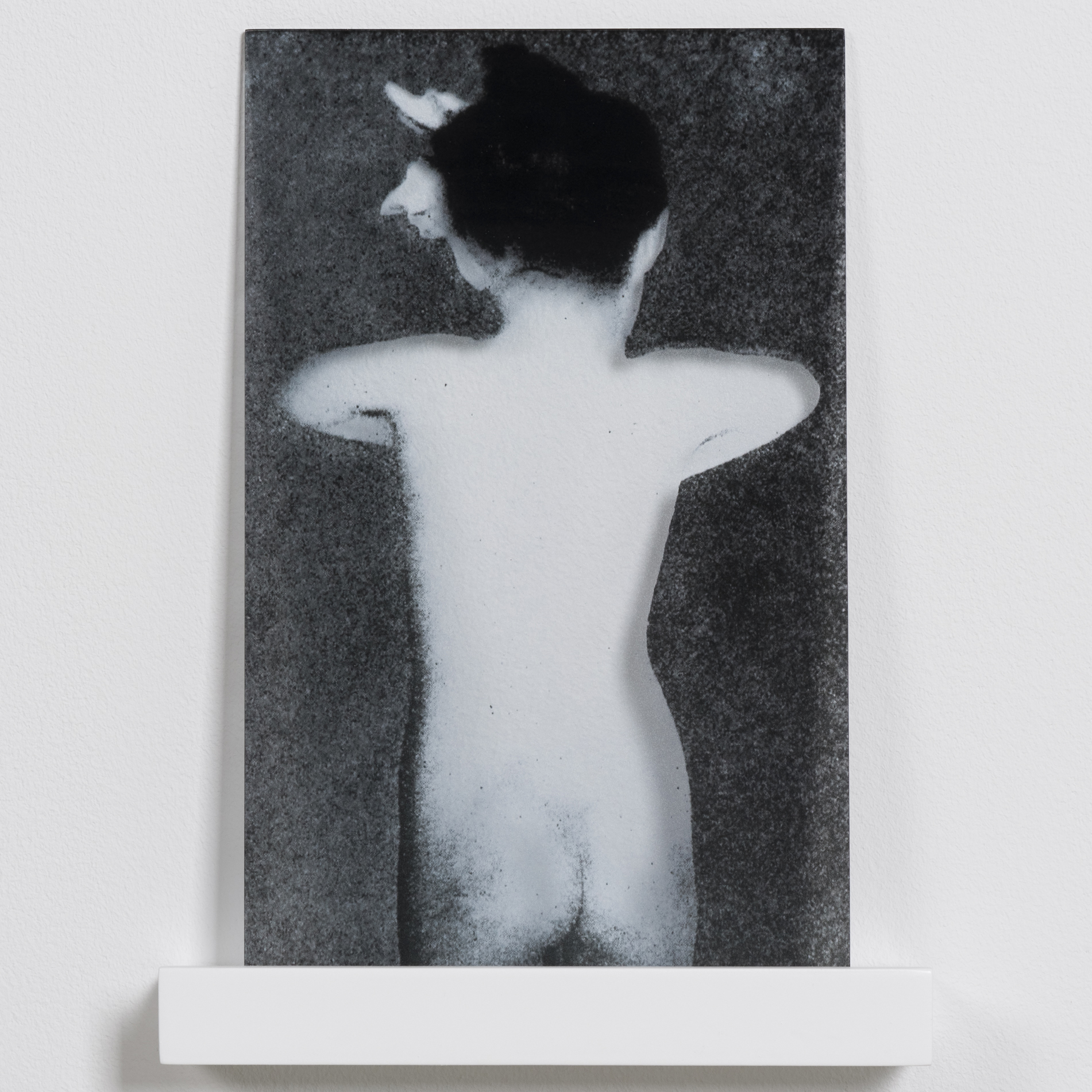Affordable Art Collecting
Persons Projects has created a new section that focuses on how to start and develop a photo collection for those who are not familiar with buying photography. On our Instagram twice a month we propose a carefully selected photographs. We are specifically offering a selection of works by established artists in smaller sizes as well as an emphasis on younger artists in the beginnings of their careers, whose works are modestly priced. This collection is also now on our website.
Why collect photography, how to do it wisely, and what to look for in young artists?
From a price-point perspective, photography is one of the more accessible mediums, to begin with. We advise young collectors to purchase works that challenge as well as inspire them. It's equally important to be able to live with and appreciate the collection your creating. The value of any piece is a combination of aesthetics, content, and how it challenges you. Build your collection around who you are and how it reflects your views in general. By supporting emerging artists, the collector becomes part of that individual's professional orbit, and it's emotionally rewarding in following the development of a young artists' career.
Why collect the Helsinki School?
It represents a 25 years history of six generations of artists that utilizes the photographic process as a tool for conceptual thinking. It's the longest sustainable platform of its kind worldwide and has generated over 180 publications of artists plus 6 volumes of the Helsinki School book series. Its artists are represented throughout many significant museums in Europe, South America, and the United States.
________________________________________________
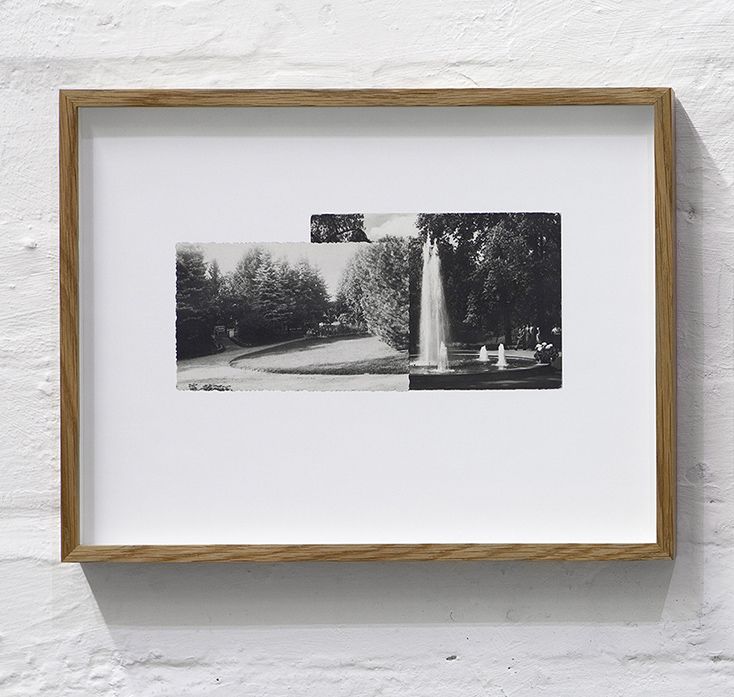
inkject print, oak frame, 27.5 x 35.5
Vatanen overlaps and intertwines photographs from different sources in a playful and poetic manner. Coming from old encyclopedias, intimate archives, newspapers, manuals, or the vast internet imagery, the materials combined create new and inventive connections between different and otherwise unrelated fields. Vatanen focuses on our perception of time and explores the convolution of history, personal experiences, and visual recollection.
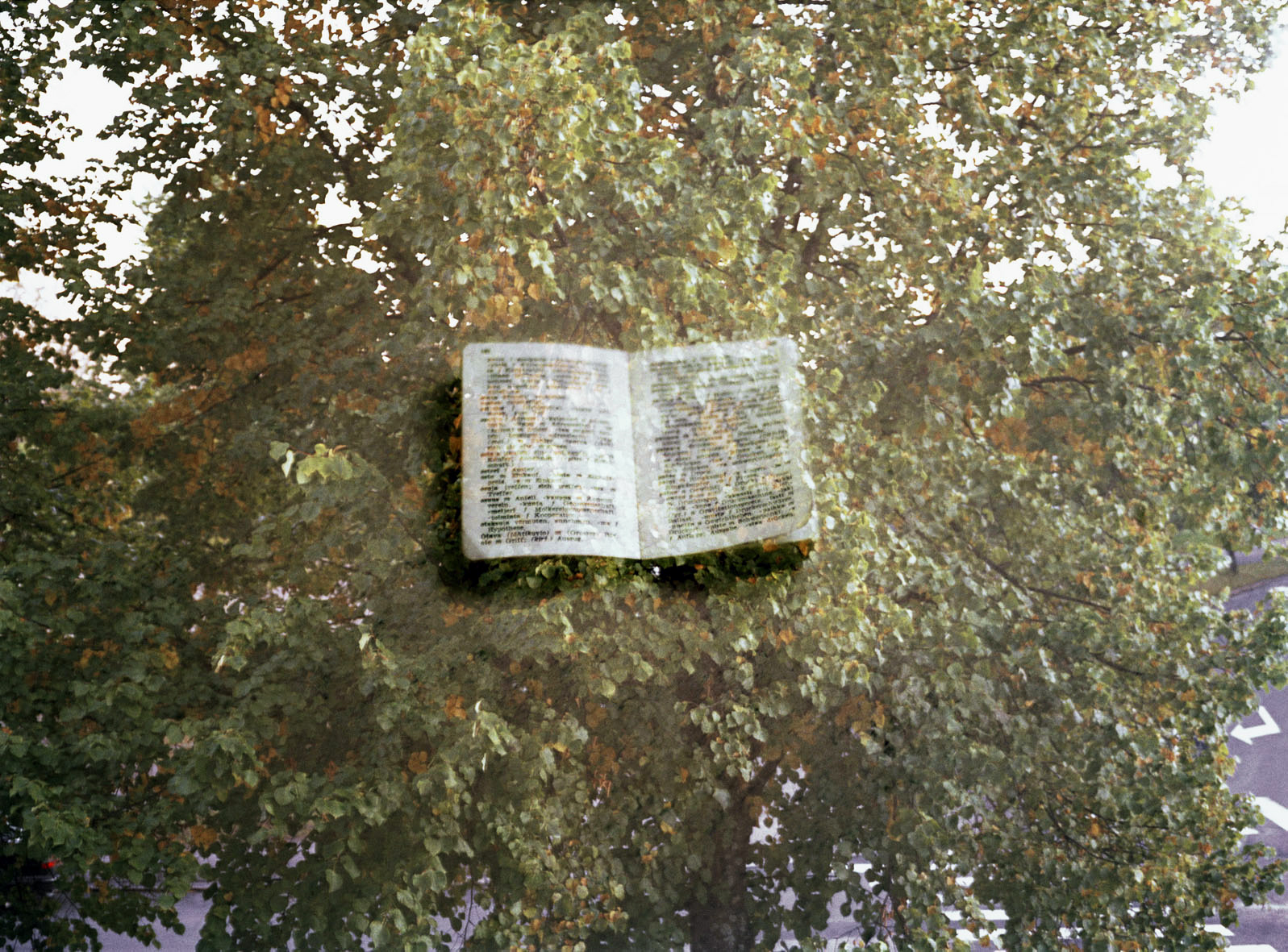
C-print mounted on aluminium, 21 x 28 cm
Anni Leppälä chases her desire to freeze and isolate a single moment in time, knowing full well that it’s not realistically possible. Therefore, she straddles the impossible by keeping one foot in the past and the other in the present: her photographs are timeless images that evolve out of a trust stemming from how we as viewers are invited into her world as neutral observers. Her photographs uncover hidden emotions and memories in dream-like settings, which convey a deep sense for a place that’s not hers to own, but to share.
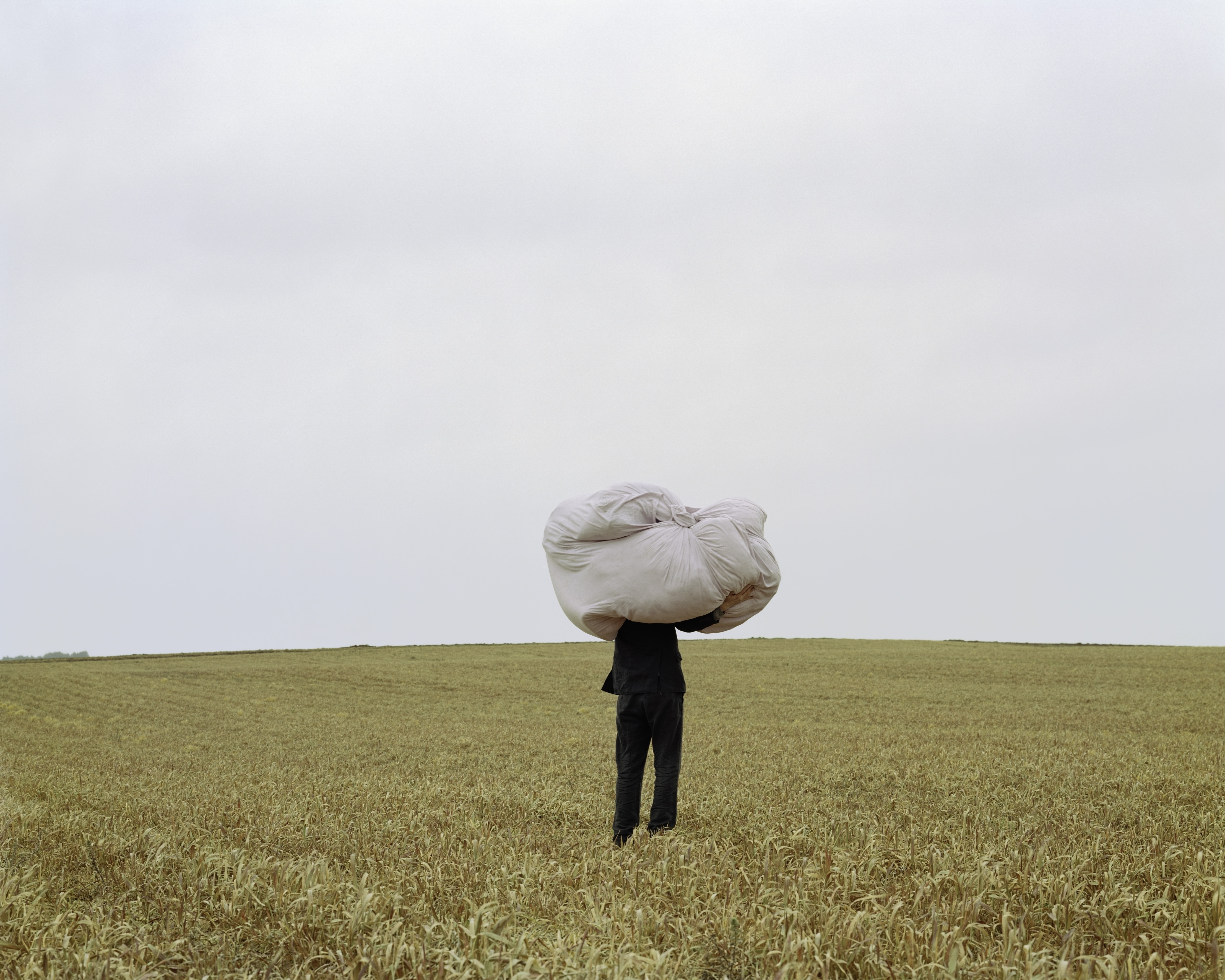
pigment print on aluminium, 16 x 12 cm
Janne Lehtinen traveled the territory of Brittany in search of diverse spaces, to act as the theater of his performances. In his series Where the Earth Ends, Lehtinen plays with the elements; wind, light, water; the diversity of landscapes and objects of everyday life. The artist constructed narratives that are poetic, absurd and humorous. He retraces, in nineteen color photographs, the experience thus lived, sharing his vision as he crosses landscape to landscape.
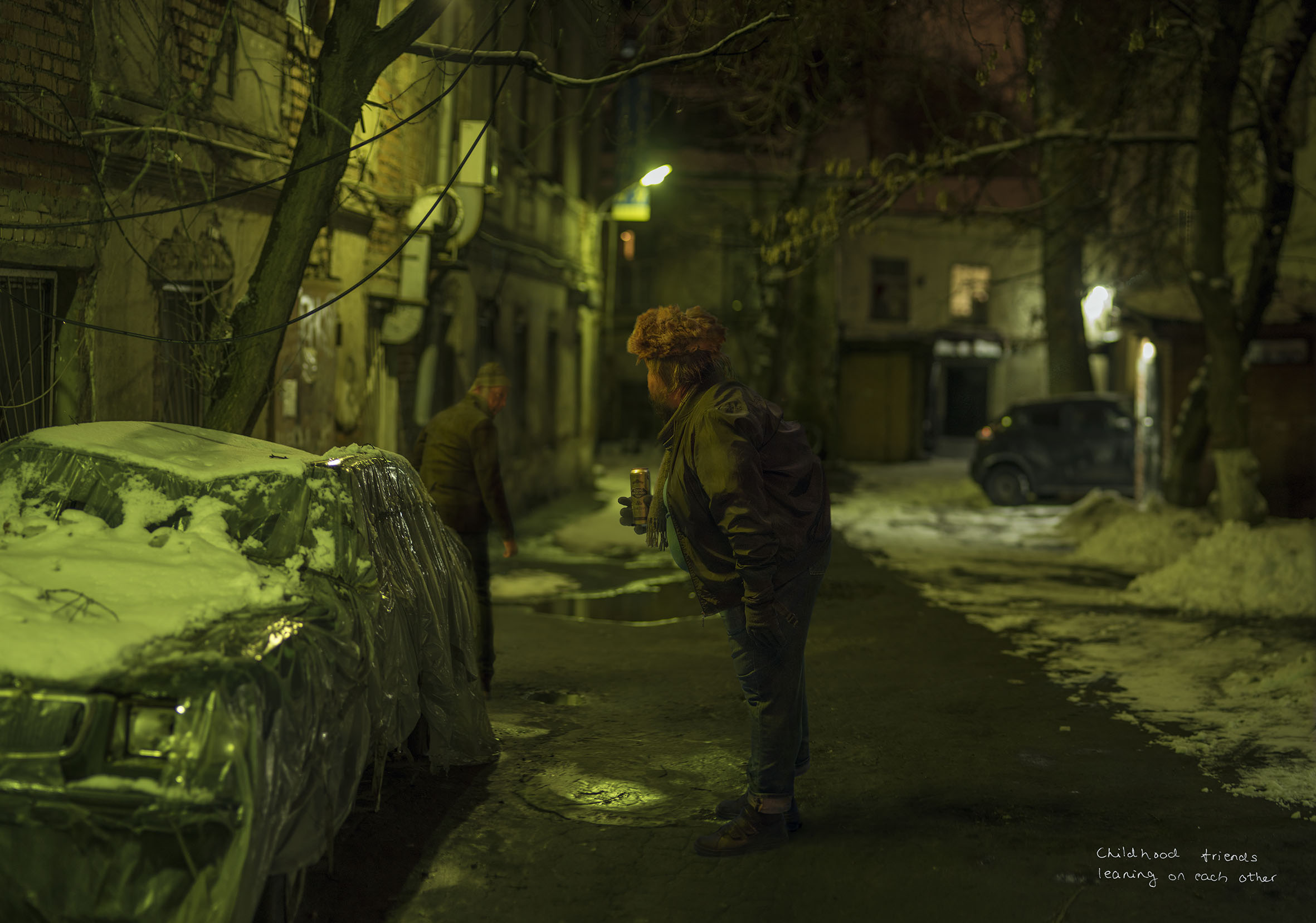
inkjet print on aluminium, 35.5 x 50.6 cm
Silomäki describes himself as a "photographer with a special focus on the narrative documentary genre". Throughout the years, the key element of his artworks has been the link between the singular self and overall historical narratives, building a bridge between the familiar and the unknown, the local and the global. Working on numerous long-term, open-ended projects he develops an extended and unique way of storytelling.
,-2014_300dpi.jpg)
pigment print, diasec, 19cm diameter
This collection of circular works display small studies of moths and butterflies interacting with flora and fauna. These works become romanticized scientific documentations, as we get to see the secretive lives of miniature life, all exhibited as if on a Petri-dish. The images permanence contrasts against the fleeting lives of these small-scaled lives, coercing the viewer to pause and take in what Kantanen is showing.
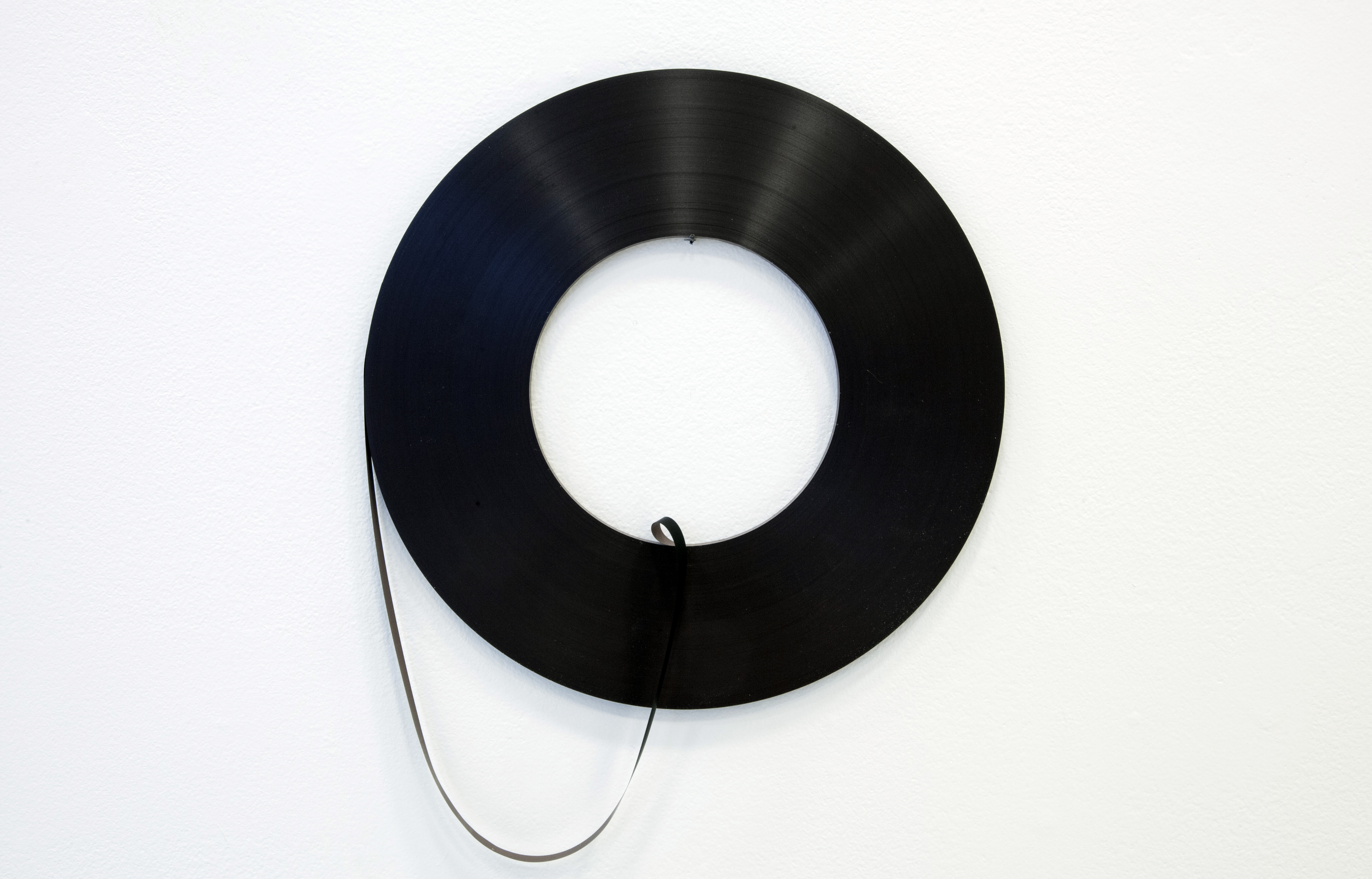
audio tape, 1 loop, 25 x 17 cm
Pétursson focuses on the gatherings of old radio broadcast material from the 1980s, once preserved by Icelandic law. Realizing the task of collecting every radio broadcast to be too large, authorities discontinued this duty. The reels have turned into cement of sorts, after years of closed storage. If their murmur can be played at all, they will only be played once. After that, the tape is ruined. Their sound is preserved, like a modern-day fossil, wound up into a tight blackened coil.
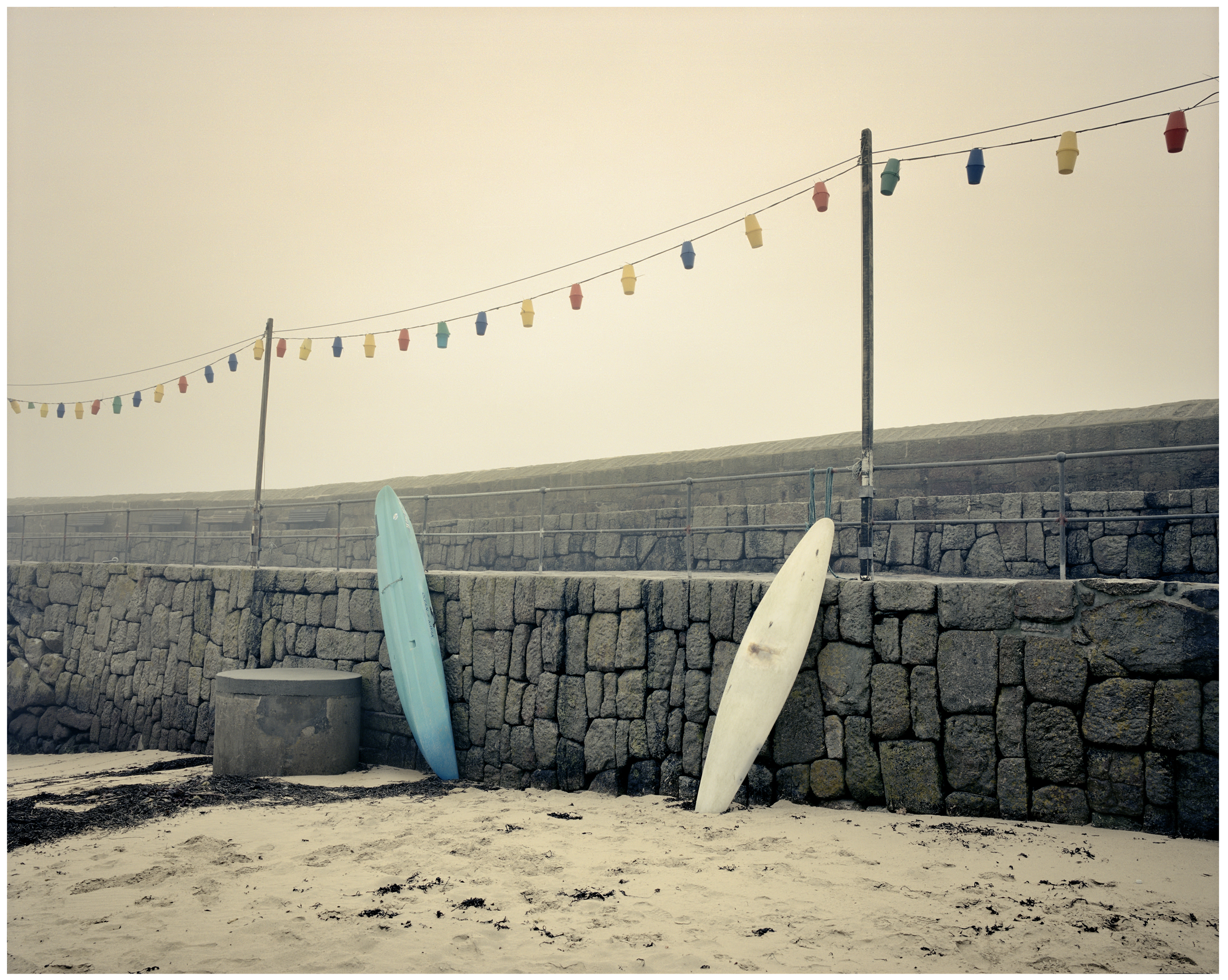
archival prigment print, framed, 37 x 44 cm
Despite seemingly melancholic undertones, Eskildsen achieves an overwhelming closeness and intimacy in his work, often by living alongside his subjects for long periods of time. Cornwall is perhaps less focused on portraits than we are used to in Eskildsen’s previous work; and while there is indeed a human presence, towns and villages are often depicted without people. But there is a much greater absence implied throughout Cornwall. In the desolate scenes, an inequity of wealth and industry is represented when comparing the inland and seaside cities and villages.
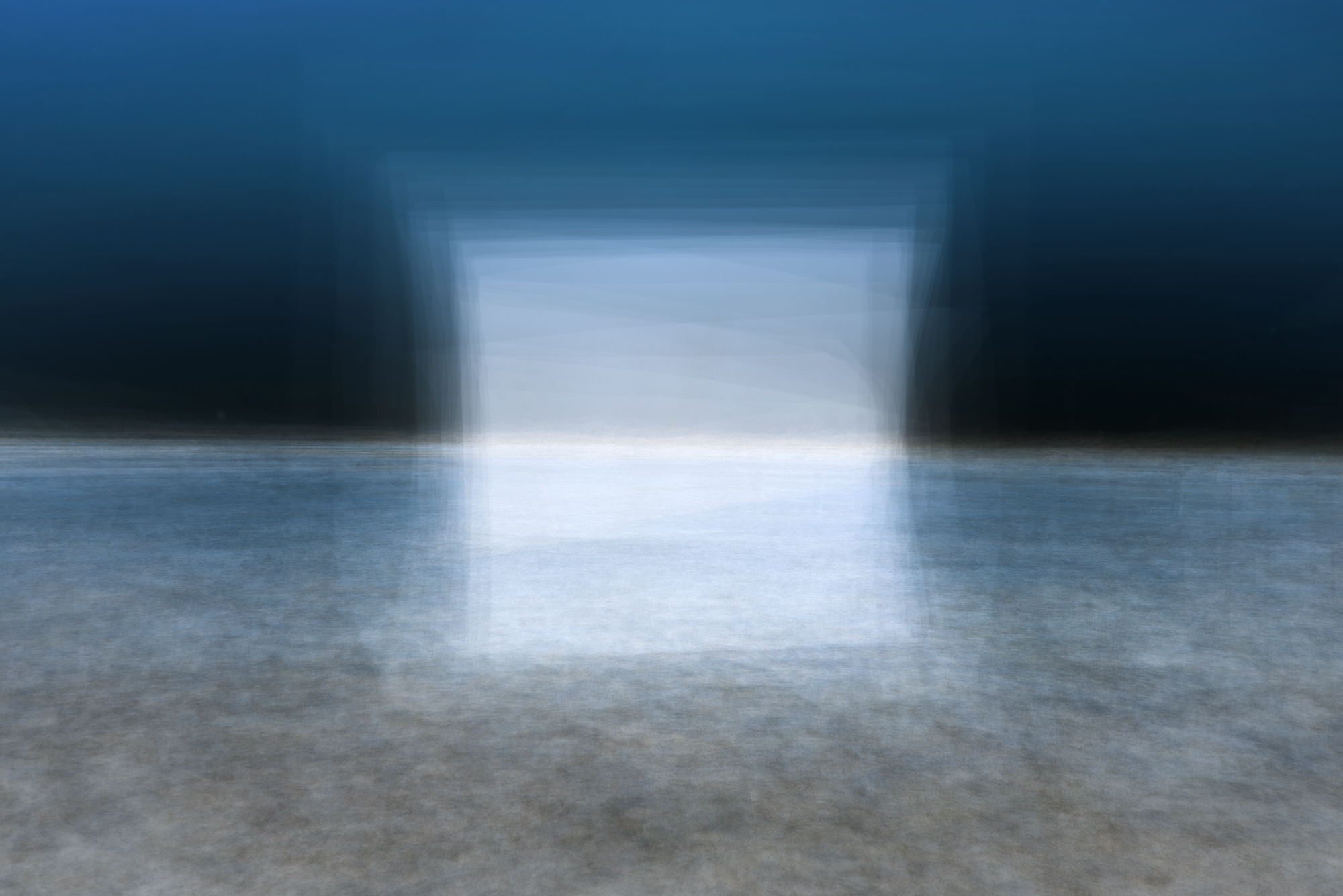
archival pigment print, Diasec, 25.4 x 37 cm
Eeva Karhu's series Surrounded By capture a collection of vivid liminal spaces that produce atmospheric emotions and powerful memories. Karhu places masks in front of her exposures, causing warped or splintered images where light refracts, some within the series have been converted into negative form and then directly photographed and combined, producing a mainly blueish-grey toned horizon. The resulting photo is a compression of time and space.
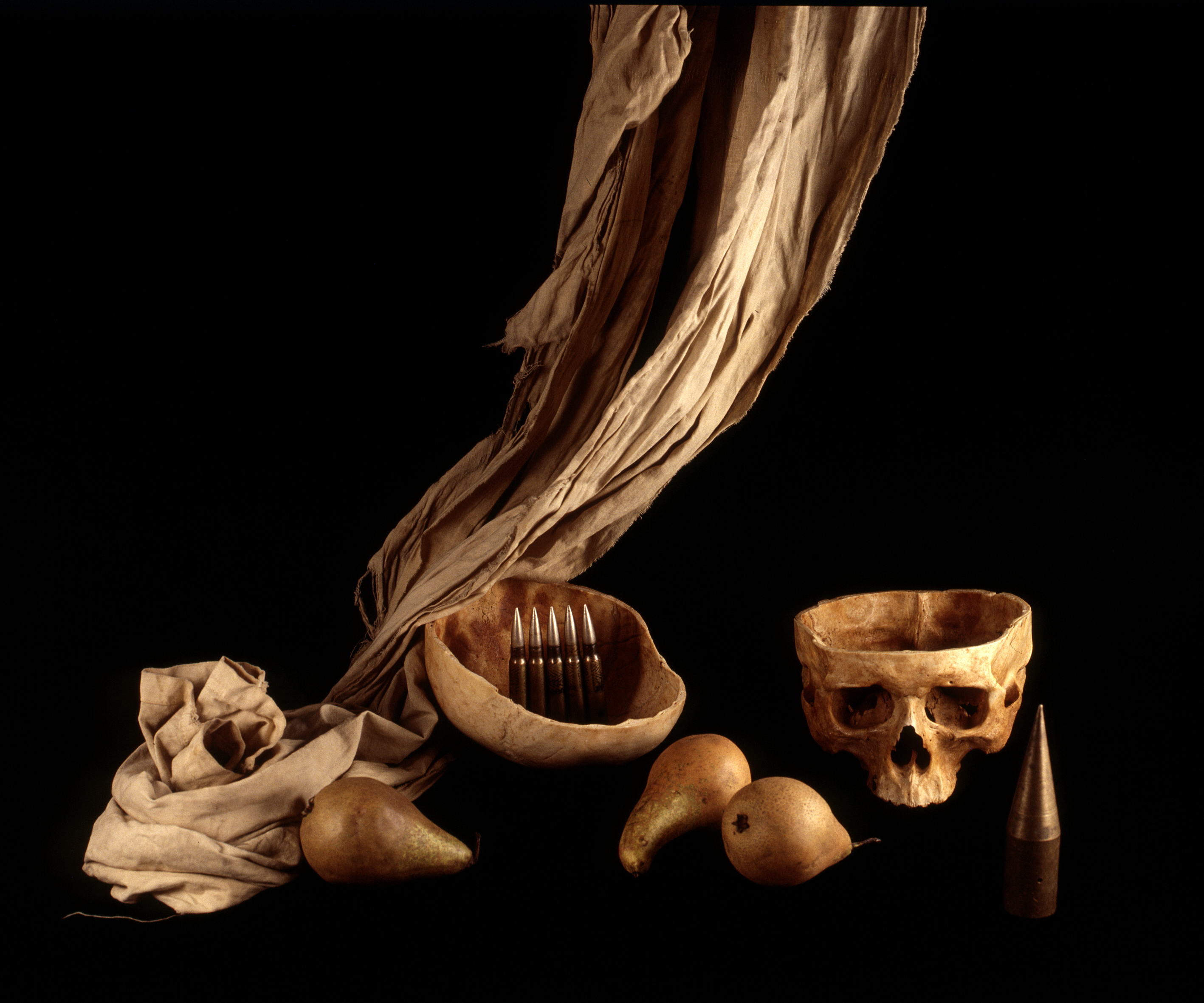
C-Print, 40 x 40 cm
Zofia Kulik focuses on the relationship of man and woman, the individual and the mass, as well as on symbols of power and totalitarianism. A further pivotal part of her work is the phenomenon of mass-media, and its influence on consumers. Since 1987, Zofia Kulik has been working individually, creating black-and-white multiple exposure photographs, objects, installations and films. This series exploring still life imagery by compiling a collection of unorthodox objects and materials into staged scenes, the chosen objects imply the notions of life, death, and decay.
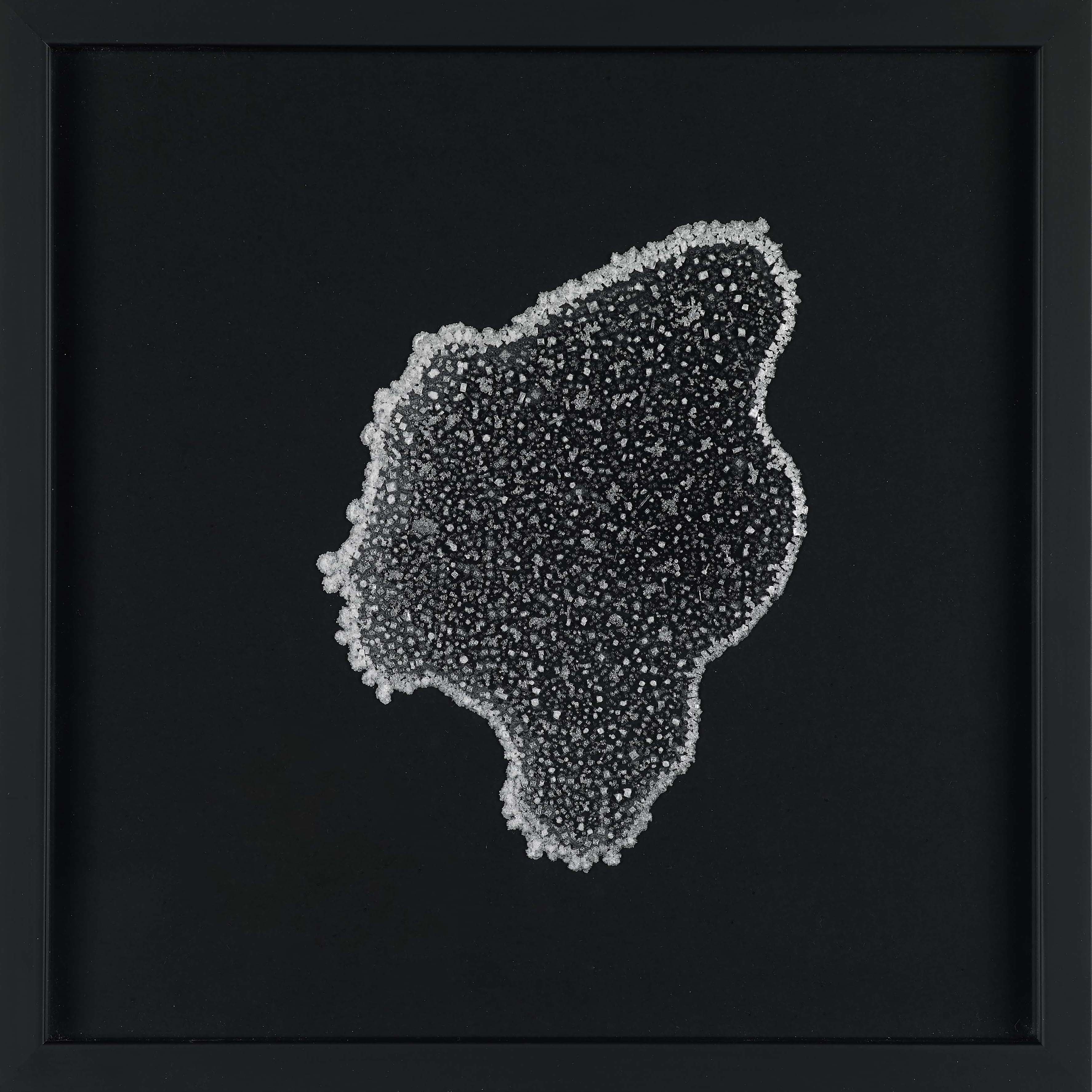
Ragna Róbertsdóttir’s minimalistic roots reach back to the early 1980s, beginning with her earliest experimentations with textiles and organic materials that were inherently common to the Icelandic environment. In her Saltscape series, Róbertsdóttir engages with an elusive substance: the the sea itself. Using various kinds of sea salts mixed in water, she creates her own studio laboratory by pouring the solution onto glass panes to activate the crystallization process through evaporation, engaging in a scientific practice. The salt residue adheres to the glass, forming its configuration either by chance or intentionally. This piece was presented in our group exhibition A Line Has Time In It.
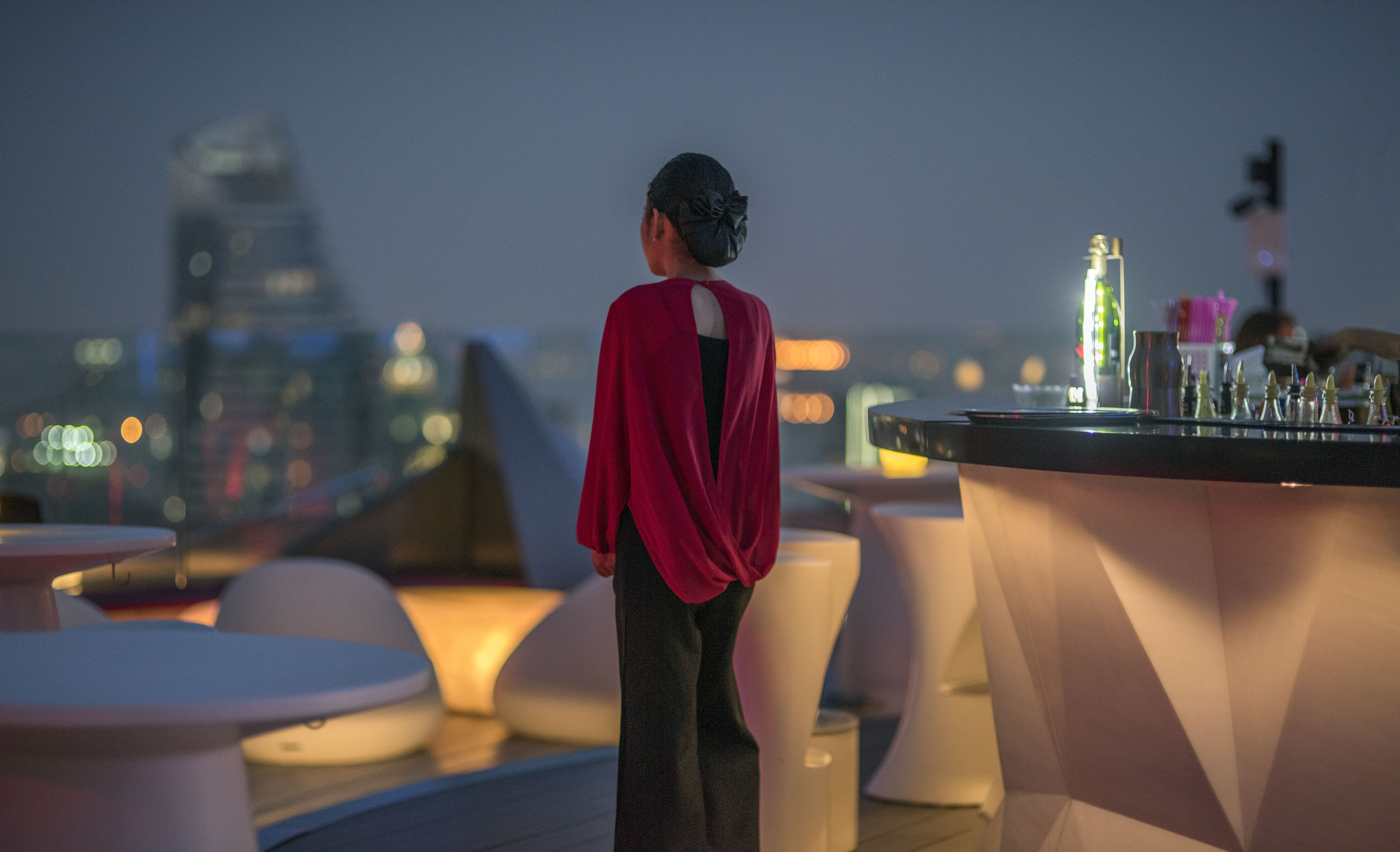
Jari Silomäki, Untitled, 2020
Inkjet print, Diasec, framed, 40 x 66 cm.
Rooted in classical documentary and narrative photography, Jari Silomäki has developed a unique way of storytelling, constantly finding new ways of exploring the realms of fact and fiction, documentation and imagination. He uses his series, The Affectionate Kalpana – My Story of Class Mobility, to say that people who have experienced upward class mobility have been underrepresented in the documentary arts. As a result, he says, the way such people are depicted in popular culture is often very one-sided: Saturated with capitalism and the worship of money. In our exhibition, The Affectionate Kalpana, Silomäki uses portraiture and personal stories to change this narrative.
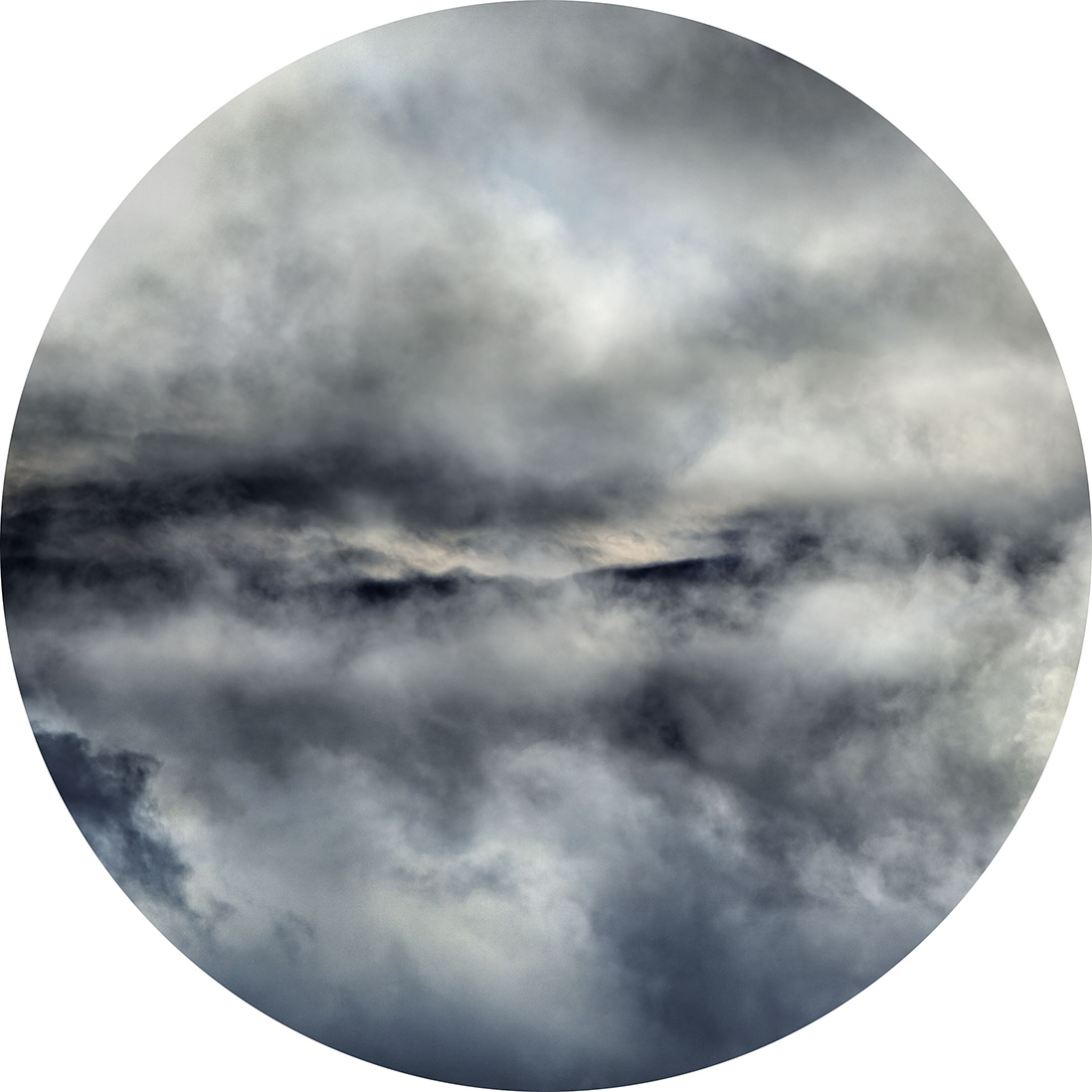
Santeri Tuori, Sky (round) #1, 2016
Pigment print, Diasec, 12 mm acrylic, ø 18 cm
Santeri Tuori has been engaging with the properties of nature and its power of change over the past two decades. In his Sky series, Tuori shows the sky as a valuable landscape on its own. The works are a combination of several photographs taken at different times. The layering of black and white and colour photographs allows the works to exist on the thin border of painting and photography. More works from Tuori's Sky series were displayed at the group exhibition, In the Sky Unlike a Bird.
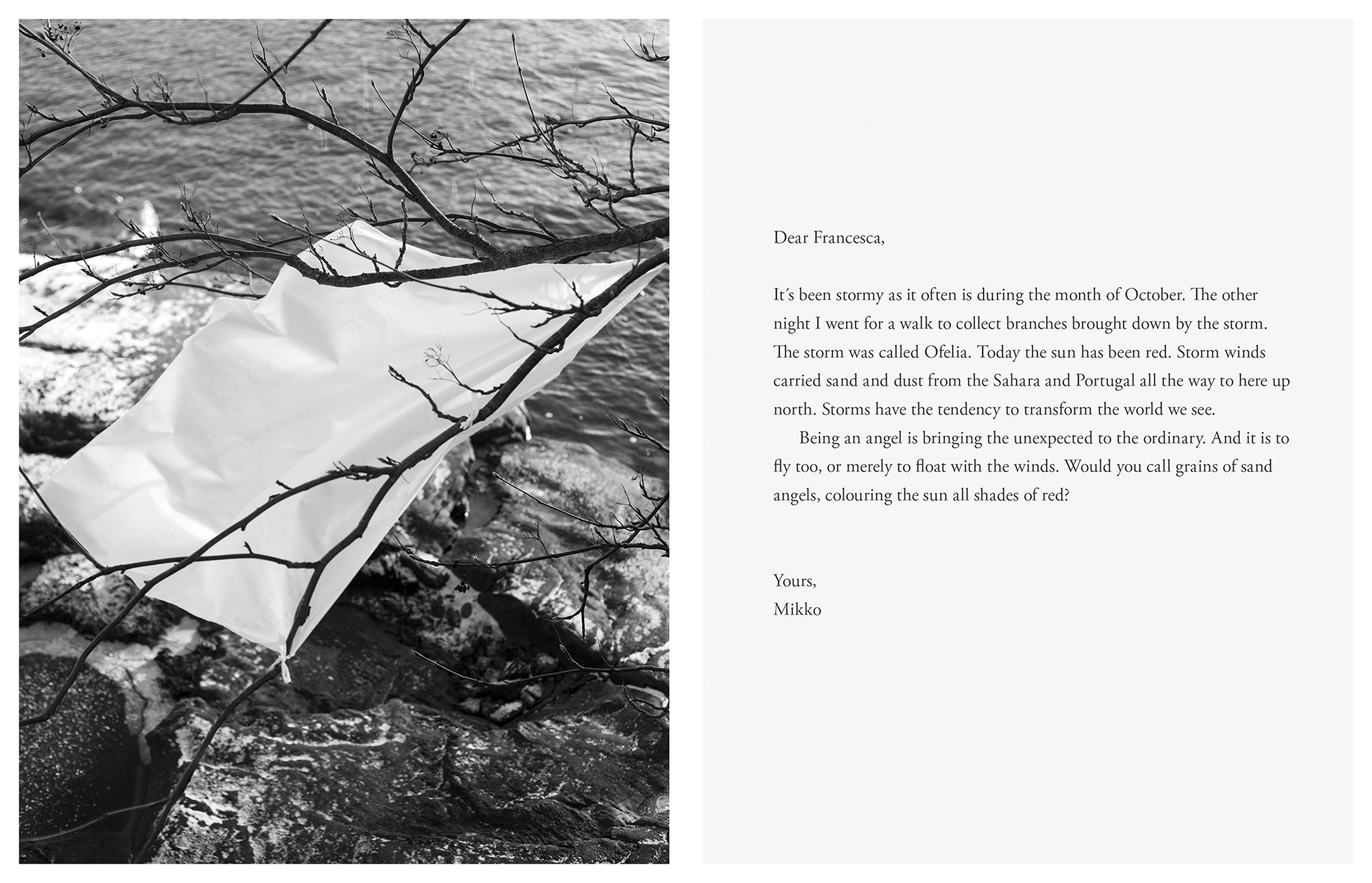
Pigment print, framed, 33 x 43.5 cm
Mikko Rikala's works represent research into spatiality and temporality, emerging from both philosophical as well as scientific, nature-related thoughts. He looks at the complexity of the cyclical passage of time, and the traces left on our surroundings. Rikala reflects on and compares philosophical thoughts of the East and concepts related to Minimal Art, to the experiences of the relativity of time, speed, distance, presence, and absence. More works from Rikala were displayed at our exhibition, In the Sky Unlike a Bird.
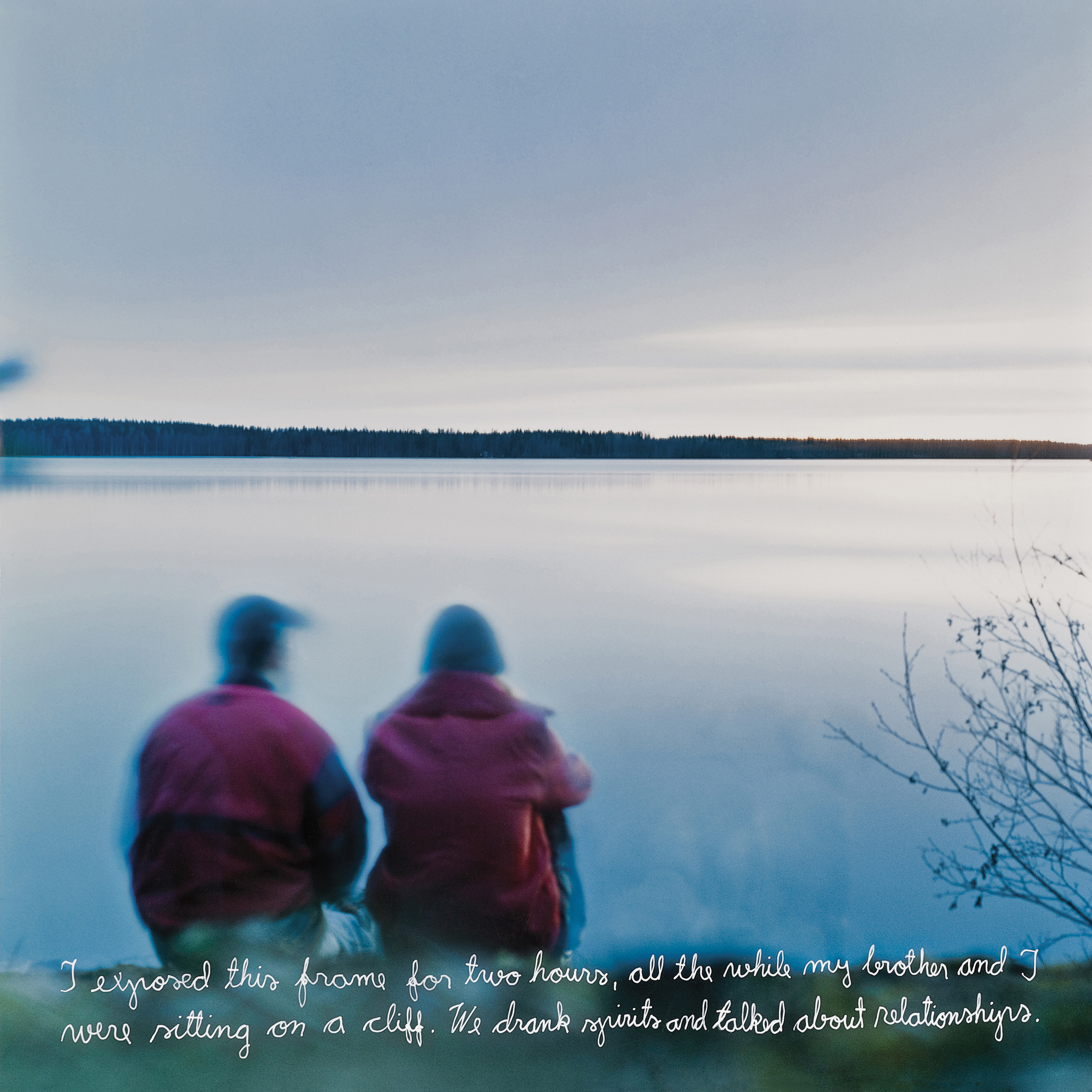
Pigment print on aluminum, 31 x 31 cm
Rooted in classical documentary and narrative photography, Jari Silomäki has developed a unique way of storytelling, constantly finding new ways of exploring the realms of fact and fiction, documentation and imagination. His series My Weather Diary is much like the quick sketches of the landscape artist John Constable: Silomäki takes one photograph each day and assembles a personal weather diary. The artist adds handwritten text to his photographs; rather than plainly describing the forecast, Silomäki depicts a personal mood. The series has a tone of nostalgia while suspending the viewer in the present moment.
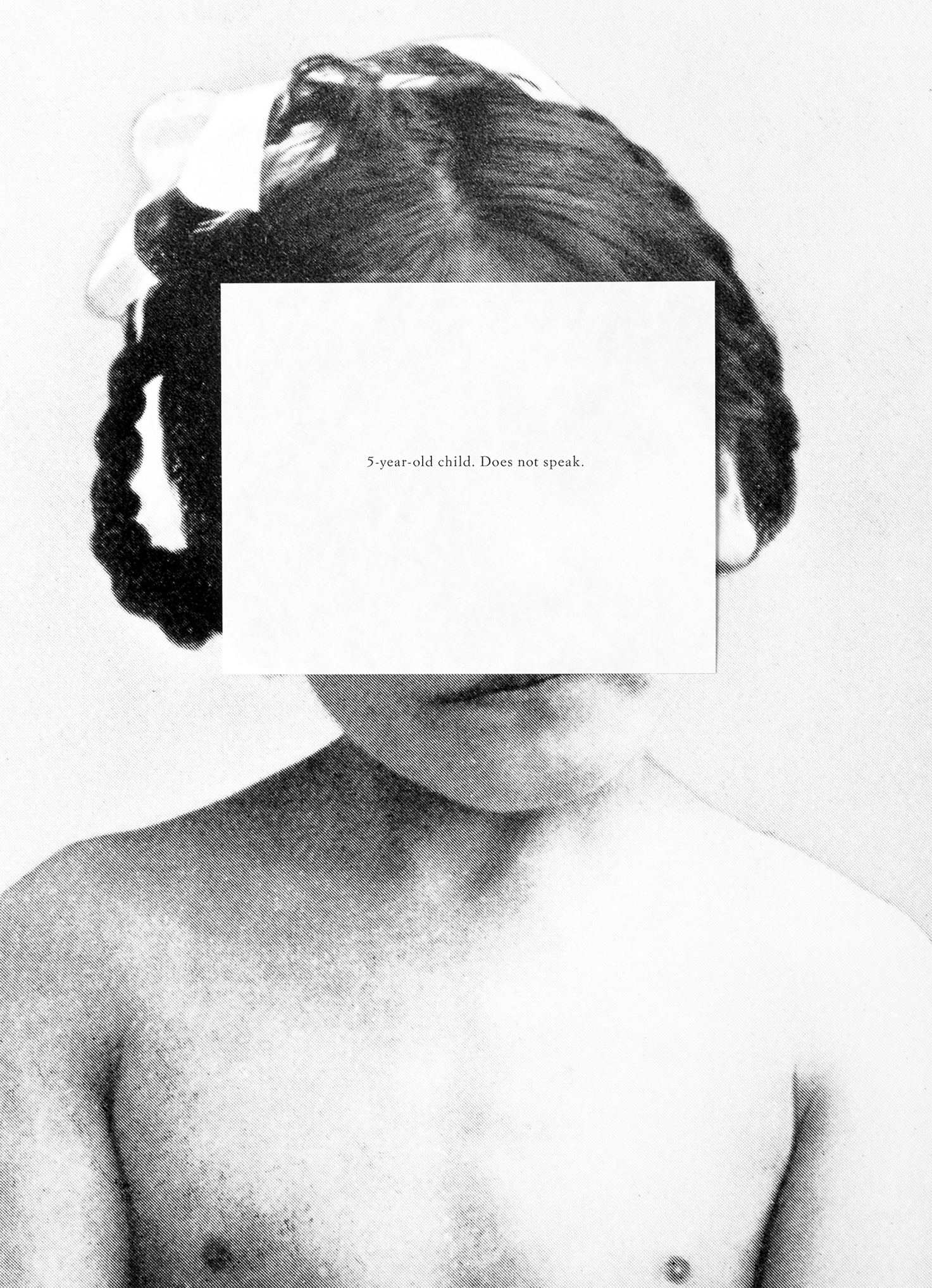
Milja Laurila, Atlas und Grundriss der Psychiatrie (5-year-old-child), 2013 Archival pigment print, Diasec, 47 x 35 cm
In her work, Milja Laurila questions the ability of a photograph to forget what it once was proof of — does an image detached from its context still remain related to the original semantic field, or transform into something else? This piece is from her series Atlas und Grundriss der Psychiatrie (2013) which was inspired by a German psychiatric book from the year 1902. The book not only describes different types of mental diseases, but also attempts to visually demonstrate them in the form of photographic images of patients. Laurila titles her 2013 series after the book, but she aims to relieve the subjects of the way they were viewed at the time – abnormal, degenerate, insane, less deserving.
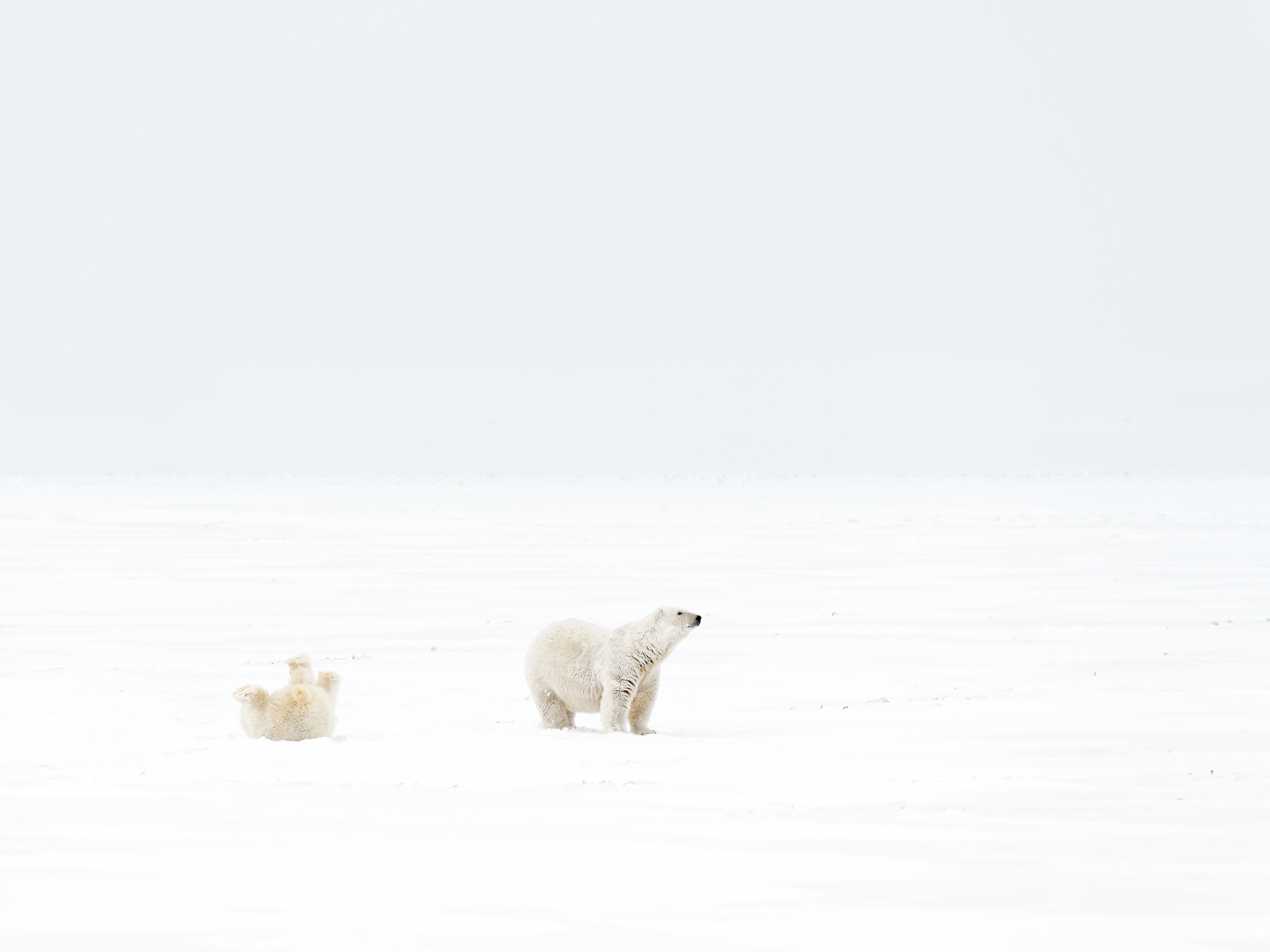
Archival pigment print, 40 x 52 cm
Itkonen is an artist who focuses on Greenland’s indigenous populations and how climate change has affected their community and livelihood since 1995. The community's story has many chapters and Itkonen’s photographs help bind them to a rich but tragic history, where their way of life is slowly being forgotten. The melting sea ice creates substantial disruption: Hunting polar bears and other Arctic animals has been a vital part of life and a main food source for many Inuit households, as, agriculture is not an option in the far north. Itkonen's intimate photographs of this tiny but proud community, unfold and immortalize a storyline that’s filled with love and loss, hope and tragedy, but no ending.
.jpg)
Chromogenic colour print, oak frame, 47.5 x 37 cm
Niina Vatanen has challenged, seduced, and explored time as a mystery from the beginning of her career. Starting with her own personal diaries to archival materials found in museums, Vatanen has repeatedly attempted to depict time and our perception of it as the core question in her work. For her series, Archival Studies / A Portrait of an Invisible Woman (2013–14), Vatanen worked with black-and-white and color negatives by the Finnish amateur photographer Helvi Ahonen. Obtaining these negatives from the Finnish Museum of Photography’s archives, Vatanen was more interested in the materiality of the negatives than in their documentary quality. She sought out damaged negatives in particular – those that carry the marks of time passing as well as the scars of archival (mis)treatment.
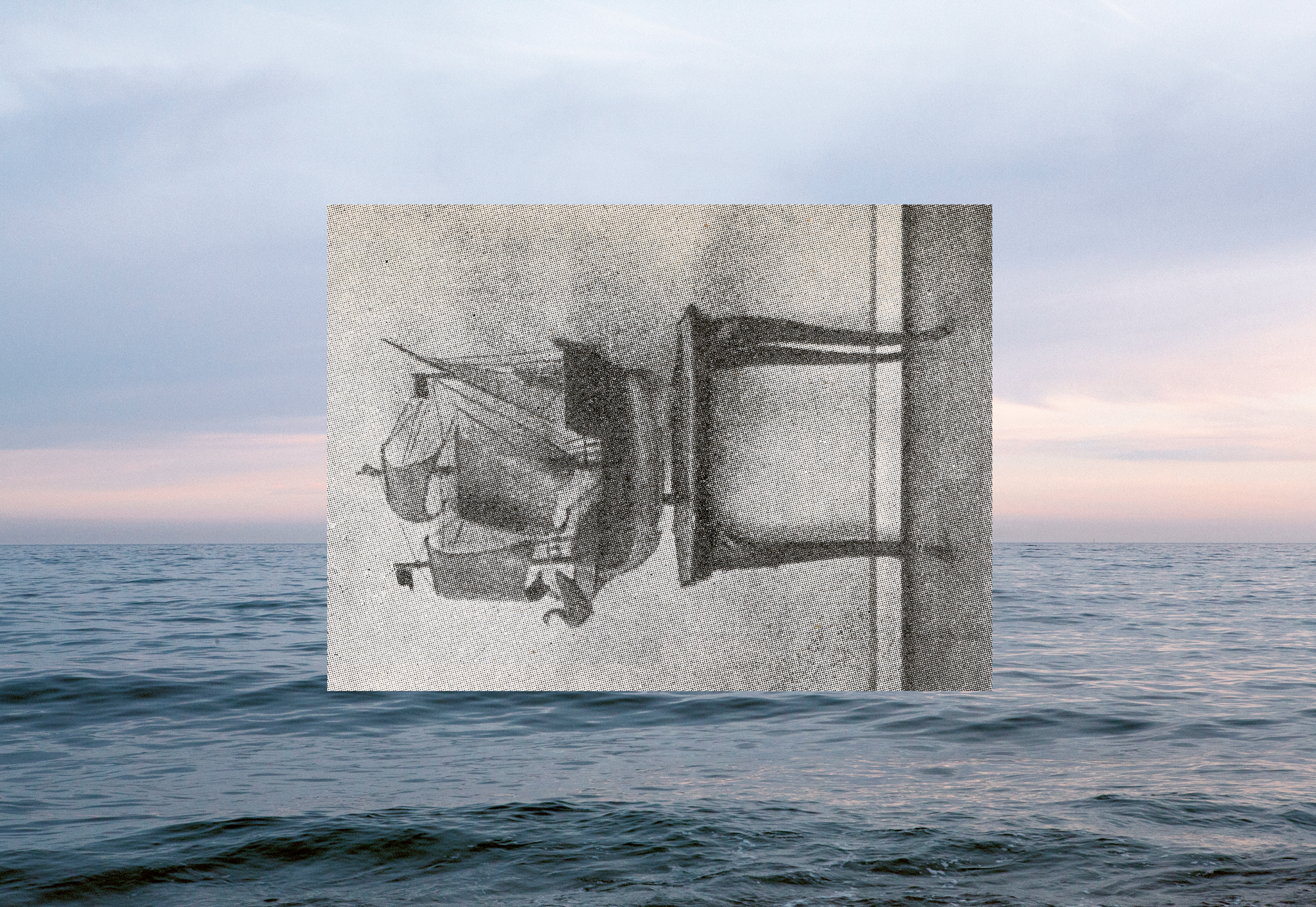
Archival pigment print, 43 x 60 cm
Vatanen has challenged and explored time as a mystery from the beginning of her career. Starting with her own personal diaries to archival materials found in museums, she has repeatedly attempted to depict time and our perception of it as the core question in her work.
Shipwreck is part of the series Time Atlas, in which Niina Vatanen is overlapping and intertwining photographs from different sources playfully and poetically. Coming from old encyclopedias, personal, intimate archives, newspapers, manuals, or the vast internet imagery, the materials, when combined, create new and inventive connections between different and otherwise unrelated fields. The series focuses on our perception of time and explores the convolution of history, personal experiences, and visual recollection. The series is accompanied by a book with the same title.

Elina Brotherus, I Am Still Alive, after On Kawara, I am still alive 1970–2000, 2016
Pigment print, 22 x 14 cm
We recommend Elina Brotherus who is one of the most well-known artists within the Helsinki School. Her works have alternated between autobiographical to art historical approaches, utilizing nearly any aspect of her personal life to those of the most iconic images from 19-20th-century paintings. Brotherus' most current focus is directed towards works from the 1960-70s.Her fascination with the Fluxus movement begins with the legendary German curators, René Block and his wife Ursula. Rene Block's gallery and Ursula's music store were the principal sources for Fluxus art in Europe. Through their friendship and time shared, Brotherus had both the opportunity and sources to begin her series with a work dedicated to On Kawara's project I Am Still Alive that consists of a series of telegrams sent over a thirty-year period to a wide range of recipients bearing the message "I Am Still Alive". Brotherus’s interpretation of this Kawaras’s work embodies both the spirit as well as the irony that was fluid within that Fluxus period at time. Brotherus emphasizes, "it is not about mimicking another artist's original performances, but studying and understanding the written protocols, the so-called 'event scores'."
contact us:
berlin@personsprojects.com
________________________________________________

Archival pigment ink print, 40 × 32 cm
Sanna Kannisto is one of the most unique and distinguished artists from the Helsinki School. She explores the intersection between nature, science, and art. Her photographs are a study of different methods, approaches, and theories in how humankind interacts with our natural environment. During her numerous stays in Peru, French Guiana, Brazil, and Finland, she became a visual researcher, borrowing working methods from the natural sciences, anthropological practices, and from still-life painting. To create her images, Kannisto builds portable temporary stages or, in her words, "field studios.” Kannisto states: "I like the fact that in the act of flying, the bird’s stopped motion is so sculptural. The speed of the bird is challenging to frame, and I’m able to rotate it in space through photography.”
The work Phoenicurus phoenicurus, is dedicated to a relatively common summer migrant from winter grounds in Africa. This small bird has a distinctive habit of shivering its bright orange tail.
________________________________________________
Archival pigment print, 30 x 30 cm
Janne Lehtinen’s art is a mixture of sculpture and performance and is realized in the studio or in natural surroundings with no audience. These performance-enhanced, staged photographs carry a sense of melancholy bordering on absurdity. It’s more of a dance where the head follows the heart with the photographs representing the moment the two merge. He has, throughout his career, exercised an extremely personal approach in reflecting upon his life using himself as his own model. In the featured photo we find him as a solitary figure balancing himself between bricks, balloons, and his need to disappear.
________________________________________________
Archival pigment print, 45 x 38.52 cm
For Ville Kumpulainen archive materials are like archeological findings. He begins by creating his sculptures based on found photographs and archival negatives, which he dismantles and recomposes by cutting, tearing, folding, and rearranging. He then challenges his viewers with his assorted combinations of images that redefine their form through words associated with another meaning, which he collects over time. He addresses the issues that arise from the tensions between a constructed environment and a natural one, focusing on the hidden instincts that lay within.
The myth of Eros and Psyche is one of the best-known love stories in mythology. Eros was throwing arrows at people to hit their hearts and make them fall in love. Psyche, a beautiful maiden, is a symbol of the soul purified by passions and misfortunes.
contact us:
________________________________________________
_300pi,-2011.jpg)
Archival pigment print, 21 x 31.5 cm
Anni Leppälä is one of the most outstanding Helsinki School representatives, whose acquired recognition on a global scale. She was awarded the title the Young Artist of the Year in Finland, 2010. Her photographs are timeless images that evolve out of a trust stemming from how we as viewers are invited into her world as neutral observers. They all share a universal feeling of something familiar. She uses her images as a poet with words, leaving us with something "outside” the image, something out of sight, a sensibility without a face to name it.
In her Mirror (Blanket) work, the spectator can find a young woman dressed in red with her back turned against the spectator, hiding her face. Leppälä often uses the red color, which symbolically may be related to a time when a girl becomes a woman, or it is often associated with passion and love or danger. The photo uncovers hidden emotions, memories in dreamlike settings, which convey a deep sense for a place that’s not hers to own but to share.
contact us:
________________________________________________
Mikko Rikala, when burned, produces smoke that transcends the mundane, 2020 Pigment print, 31.4 x 23.9 cm
Mikko Rikala’s works represent research into spatiality and temporality that emerges from both philosophical as well as scientific, nature-related thoughts. His preferred medium is photography, although he frequently references and revisits drawing and sculpture. He uncovers the relationship between what is seen as rational on the one hand and what is perceived as irrational on the other. His work is a reflection that merges mystical and philosophical thoughts through the empirical process of observation.
In his work, when burned, produces smoke that transcends the mundane Rikala uses his camera as a means for monitoring through the meditative act of observation in drawing out the medicinal to the philosophical aspects inherent with the physical plane of what an object is, be it a plant, rock or bees hive. He creates visual dichotomies that contrast opposing world views in how we should be living with nature as opposed to using technology as a tool to overpower it.
________________________________________________
Silver gelatin print, 18.8 x 14.5 cm
Pentti Sammallahti is one of the most celebrated internationally accomplished photographers to ever emerge from the Nordic region. He is both a mentor and master on every level of the photographic process. Whether it is a man, tree, or animal, his chosen subjects all seem to move unassumingly within the image's frame, lyrical in their compositions. His photographs feel as if they were alive as if they vibrate with a vitality that can't be merely chemically induced but rather emotionally conceived. Sammallahti's photographs reflect a life commitment to finding the balance within nature not as an outside observer but as a voyager within. His works contain the essence of what photography is truly about: timing, light, and capturing the magic of the moment. In this regard, Sammallahti states: "My photographs are not taken, but given to me." The essence which additionally is confirmed by inventing his own printing techniques and meticulously toning system.
________________________________________________
UV-print on acrylic glass, 25 x 20 cm
Milja Laurila is one of the most important artists of the Helsinki School who research into the perception of femininity.
The half-naked body is printed on transparent acrylic glass, which makes the figure translucent, almost weightless. The vitreous print, which can be associated with the glass plates used in photography, work as a metaphor for the fragility of the portrayed subjects. The clear and hard material enables the figures to be formed through chiaroscuro as three-dimensional reflections on the walls. These soft shadows are bound to the movement of the viewer.
Milja Laurila is investigating how the concept of knowledge is constructed through images.
Her works raise questions through their transparency in how our pictorial realm is perceived through the act of being looked at. She plays with the ability of a photograph to transmit the representation of reality. By detaching the images from their original context, the artist places them in a challenging position; she lets them speak on their own, in their own voice. Laurila’s delicate human figures, who instead of representing the depicted individuals are actually reflecting our way of perceiving the world. She asks, if images detached from their original context, still remain related to the original semantic field or transform into something else. Can an image of a young girl’s spine suffering from scoliosis transform without captions into a sculptural beauty?
contact us:
berlin@personsprojects.com
________________________________________________
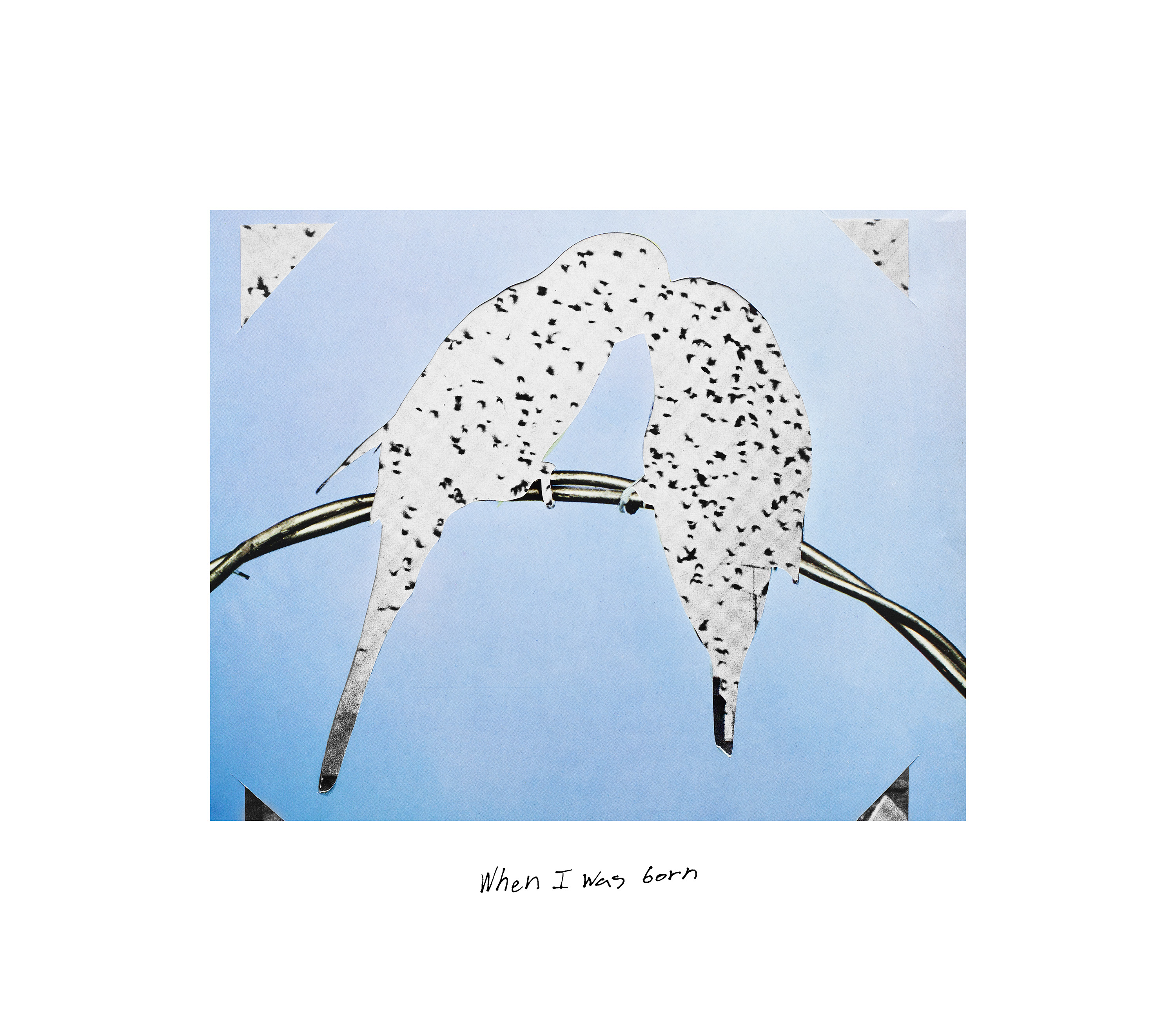
Ville Kumpulainen, When I was born, 2020
Pigment print, 55 x 48.2 cm
Ville Kumpulainen uses materials such as objects, words, archival images and analogue photo paper which he dismantles and recomposes by cutting, tearing, folding and rearranging.
This photograph When I was born by Ville Kumpulainen best exemplifies his artistic working method of combining an image with a text that leaves the viewer to interpret the implied intention. Kumpulainen continues his study of the unseen by using his camera to capture new visual dimensions, exploring the correlation between image and language.
Picking from his collection of mundane objects we all surround ourselves with, he sets out to find the intrinsic voices inherent within these objects by combining them with fragments and words he has collected from magazines and books over time. This way, seemingly useless objects get a new meaning when connected to a word with another purpose. Kumpulainen states: "My artistic body of works visualizes the unexpected and inconsistent ways of thinking, which can be sought after and arrestingly discovered through the process of creating.”
Ville Kumpulainen’s artworks were awarded with the Artproof Award at CHART Art Fair 2019.
contact us:
berlin@personsprojects.com




,-2014_300dpi.jpg)











.jpg)




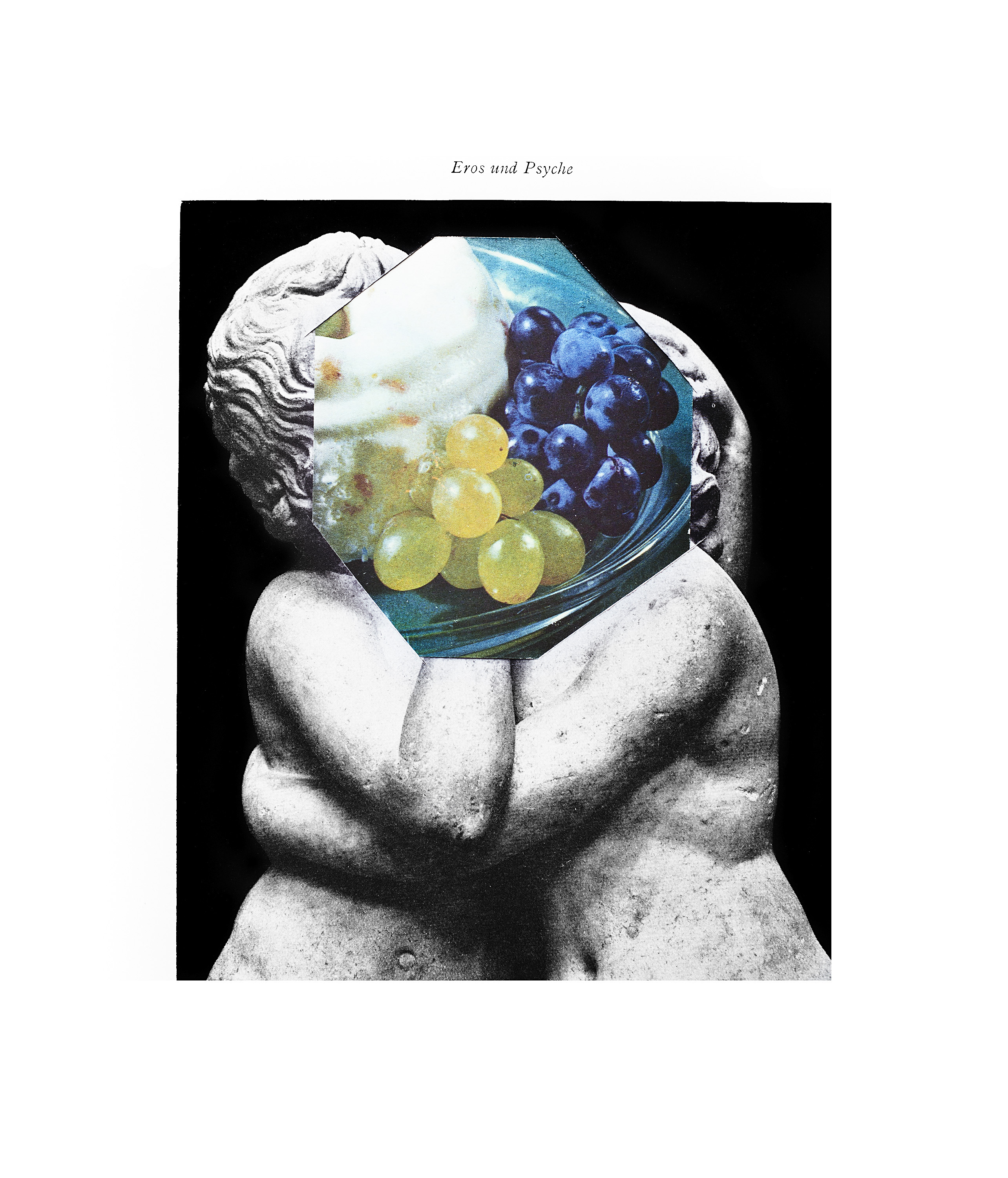
_300pi,-2011.jpg)
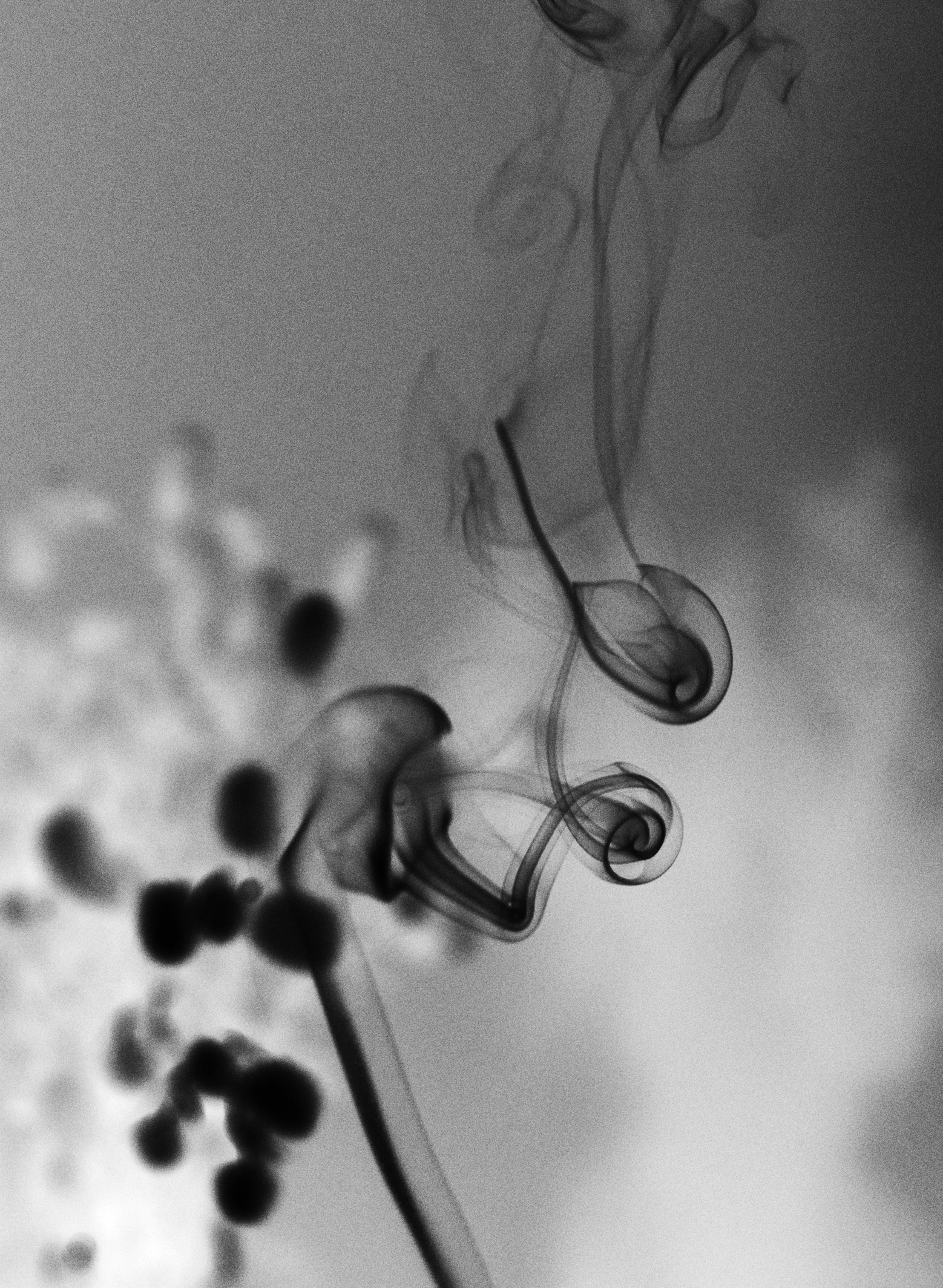
.jpg)
